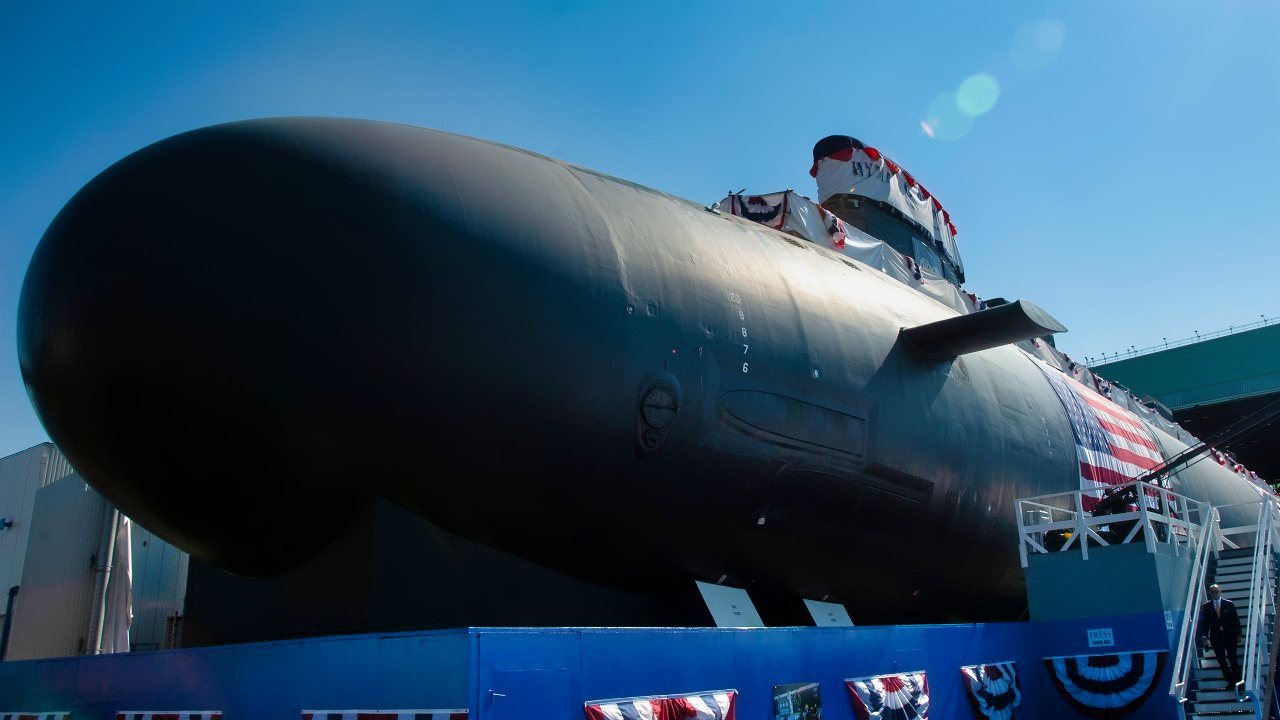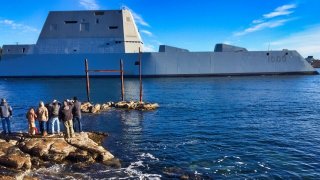Is the U.S. Navy Just Too Small?
With 238 active combat ships and more under construction or ordered, the Navy's arsenal includes 75 guided-missile destroyers, 13 guided-missile cruisers, and a formidable submarine fleet comprising 68 vessels, underscoring its technological superiority.
Summary: Covering the strategic domain of naval power, the U.S. Navy, despite being the second-largest globally, confronts an expanding Chinese fleet, which boasts over 700 vessels. While quantity is significant, the quality of technology, training, and operational experience positions the U.S. Navy advantageously. With 238 active combat ships and more under construction or ordered, the Navy's arsenal includes 75 guided-missile destroyers, 13 guided-missile cruisers, and a formidable submarine fleet comprising 68 vessels, underscoring its technological superiority. The fleet's crown jewels, its 11 nuclear-powered aircraft carriers, exemplify unmatched power projection capabilities, despite China's countermeasures aiming to neutralize this advantage.
The Mighty U.S. Navy
With most of the Earth covered by water, seapower has always been a major component of warfare.
The U.S. Navy is currently the second-largest in the world, behind its Chinese adversary. Beijing is investing lavishly in its navy in anticipation of a future conflict with the United States and the West in the Indo-Pacific. Indeed, China fields more than 700 warships and support vessels right now. The U.S. Navy is trying to maintain an adequate number of warships to meet the threat.
Of course, quantity does not beat the quality of technology and training, or of operational experience. In that regard, the Navy has an advantage over its potential adversary.
But exactly how many warships can the Navy field?
The U.S. Navy A Smaller but Still Capable Fleet
The Navy has 238 active combat warships, while 50 are in reserve. The sea service is currently building another 50 warships, and it has 36 more on order.
As far as major surface combatants go, the Navy relies heavily on missile-guided cruisers and destroyers. These warships can pack significant firepower and conduct air defense, ground attack, and naval attack missions. The Navy has 75 guided-missile destroyers (73 Arleigh-Burke class and two Zumwalt-class) and 13 guided-missile cruisers (all Ticonderoga-class).
When it comes to submarines, the Navy possesses the strongest and most technologically advanced fleet in the world. With 68 submarines (50 attack, 14 ballistic-missile, and four guided-missile subs), the Navy can sink enemy warships, as well as contribute to the country’s strategic deterrence through its nuclear-capable subs.
The Navy’s crown jewels are undoubtedly its aircraft carriers. The service fields 11 supercarriers (one Ford-class and 10 Nimitz-class). These warships can project power like no other conventional weapons system. Carrying almost 100 combat aircraft, carriers can determine the course of a naval conflict.
All of the Navy’s aircraft carriers are also nuclear-powered, using nuclear energy to limit maintenance and supply issues. China has recognized the threat these carriers present. Beijing has invested heavily in Anti-Access/Aerial Denial systems that are intended to keep U.S. aircraft carriers out of the battle, thus voiding their advantages.

But the Navy has an ace up its sleeve with its 21 amphibious assault ships. These ships carry Marines into combat, but they can double as light aircraft carriers if necessary.
The newest warship in the Navy’s arsenal is the littoral combat ship. A troubled warship with several problems in its short lifetime, the littoral combat ship is designed for operations close to the coast. Although not as heavily armed as the guided-missile cruisers or destroyers, littoral combat ships have their own uses, and they can free up more heavily armed warships for other missions. According to the Navy, there are 16 Independence-class and 11 Freedom-class littoral combat ships currently serving in the fleet.
The Navy is expanding its fleet, aiming for a force of close to 400 warships. It will take a number of years and a lot of money to achieve that.
About the Author
Stavros Atlamazoglou is a seasoned defense and national security journalist specializing in special operations. A Hellenic Army veteran (national service with the 575th Marine Battalion and Army HQ), he holds a BA from the Johns Hopkins University, an MA from the Johns Hopkins’ School of Advanced International Studies (SAIS). He is pursuing a J.D. at Boston College Law School. His work has been featured in Business Insider, Sandboxx, and SOFREP.


